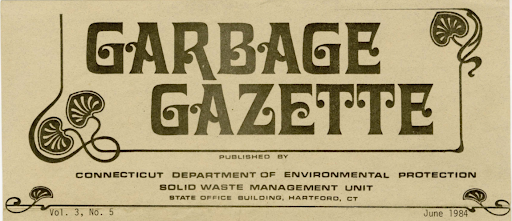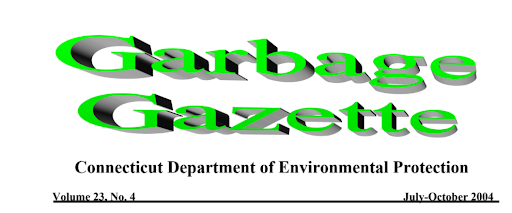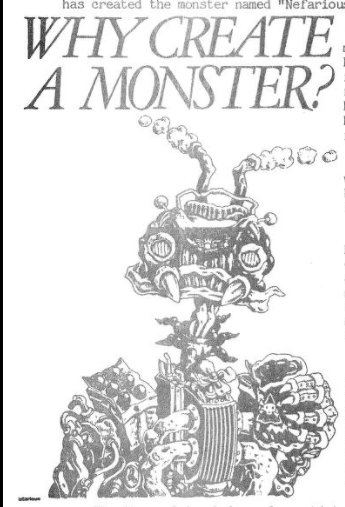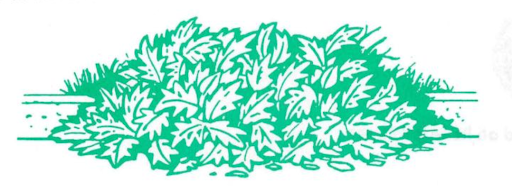By Abby Ricklin
The Library would like to announce yet another valuable Connecticut State publication has been digitized and ready to view on Internet Archive. The Garbage Gazetteis a small yet information backed newsletter that was published by the Connecticut Department of Environmental Protection and ran from 1982 until 2005. The effort was truly a collaborative one. The earliest issue in the Shian library’s holdings was Vol. 6, no. 1 (Jan. 1987), but with the assistance of the Connecticut State Library, Kent State University Libraries, and Internet Archive; we were able to collect issues from Vol. 3, no. 5 (June 1984) to Vol. 23, no.4 (July-October 2004).
It was decided to digitize this collection due to Connecticut College and community interest in trash disposal. Due to the closing of the Materials Innovation and Recycling Authority (MIRA) facility in Hartford nears its closure public interest in garbage disposal has increased to say the least.
Issued since 1982 by the Connecticut Department of Environmental Protection (CT DEP), Solid Waste Management Unit, the Garbage Gazette was a state-issued periodical focused on waste minimization and recycling. The gazette contained occasional numbering errors, with some issues published in combined form. In January 2005, Garbage Gazette became part of CT DEP’s free Pollution Prevention newsletter, P2 View. The P2 View: Pollution Prevention View: A Newsletter from the Connecticut Department of Environmental Protection would include a section called “Recycling Round-Up” that would focus on recycling and waste issues. If researchers have an interest to check out the P2 View periodical it can be found in the Connecticut State Library’s online catalog: https://cscu-csl-primo.hosted.exlibrisgroup.com/permalink/f/1aj269h/01CSCU_NETWORK_ALMA7181556690003451
What I found interesting about this publication is not only how they talk about trash, but the design of the newsletter itself. Compare the early days of the 1980’s to the 2000’s designs.


Or check out this nifty piece of artwork in the February 1987 issue.

This particular pretty design promotes a “New Leaf Composting Regulation” from issue March 1994.

I also appreciated the little graphics that they inserted for the holiday issues. You’ll just have to check out the digital collection to find them!
To give some context on the importance of garbage in Connecticut, according to the March 1985 issue of the Garbage Gazette:
Waste-to-energy facilities are receiving more and more attention on a local, state and national level. Often, the public perception concerning these facilities appears to be that these plants offer a more complete solution to our waste disposal problems than they actually do. For instance, contrary to many expectations, waste-to-energy facilities will not eliminate the need for:
1. Landfills
2. Recycling.
The closure of the MIRA plant has people rethinking how to approach their trash and we can tell that this issue has been on the mind of CT DEP since 1982.
Another interesting factoid that can be found in the Garbage Gazette is in the June 1984 issue. When “In early 1983, the Town of Vernon (pop. 28,000) initiated a voluntary drop-off recycling program for mixed waste paper” (p. 1). This was done to keep costs low as it was, “The town’s goal was to reduce its solid waste disposal costs, which were then about $13.50/ton. This figure included the $12/ton (now $13/ton) tipping fee at the – Refuse Gardens Landfill in Ellington and a $1.50/ton hauling cost to the landfill” (p. 1). Now compare that tipping fee of $12-13/ton in 1984 to today’s tipping fee of $103-111/ton of solid waste. Pretty amazing difference!!
Being able to digitize this periodical brings a valuable resource into the light and it will be much more accessible to those interested in recycling and composting history. I am a firm believer in knowing the past helps know what the future holds. Being able to compare solid waste costs gives us a chance to rediscover old information and make it new.
Leave a Reply